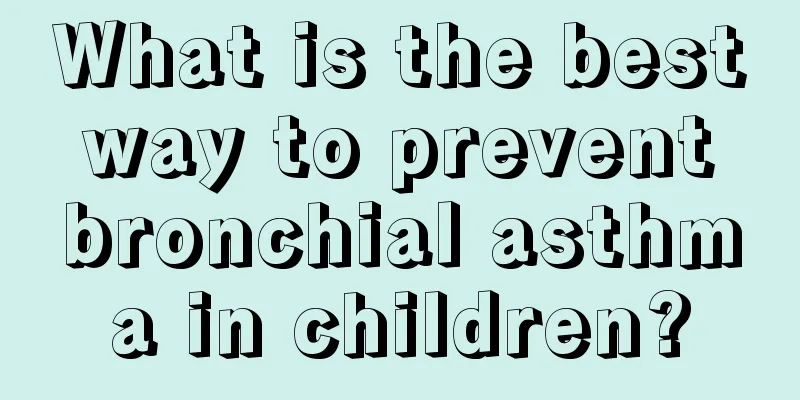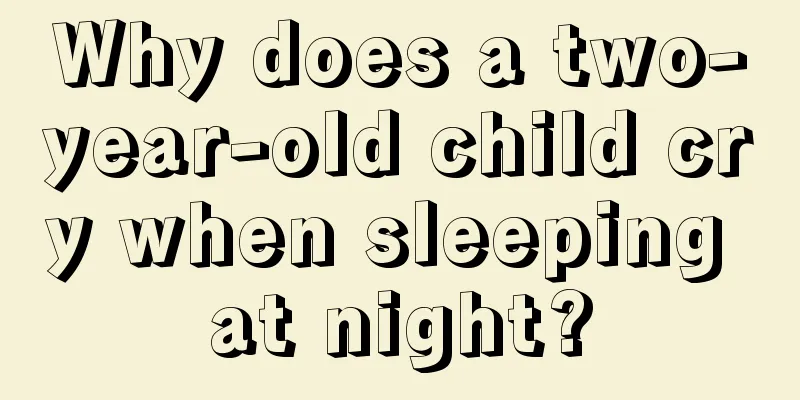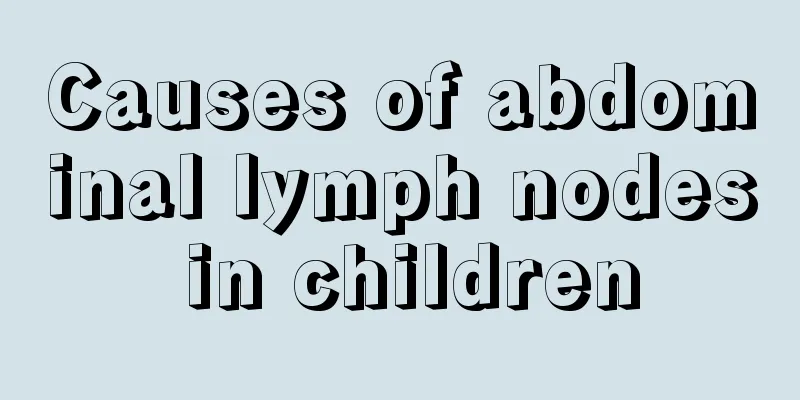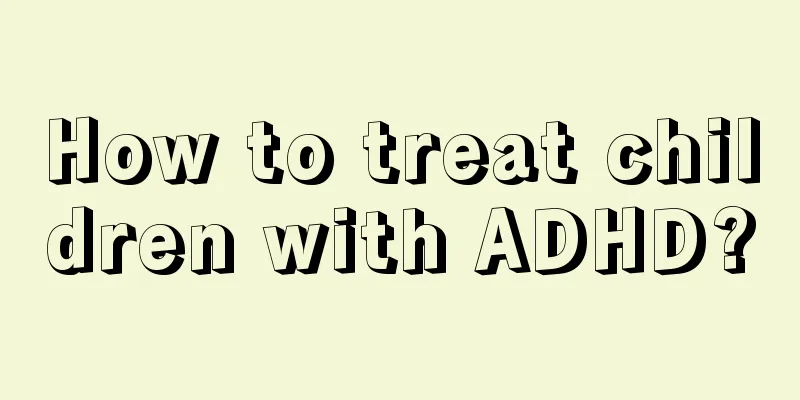Symptoms of a child's heart disease, know the disease in advance

|
Newborn babies are not fully developed in all aspects of their bodies. Therefore, they have no resistance to some external bacteria or other things. They are likely to suffer from various diseases, and heart disease is the most common one. Parents want to know the symptoms of their children's heart disease so that they can provide timely guidance. 1. Heart failure: Neonatal heart failure is considered an emergency, and most of the time it is caused by severe heart defects in the child. Its clinical manifestations are due to congestion of the pulmonary circulation and systemic circulation and reduced cardiac output. The children are pale, short of breath, have difficulty breathing and tachycardia. The heart rate can reach 160-190 beats per minute and the blood pressure is often low. You can hear the rhythm of galloping horses. The liver is enlarged, but peripheral edema is less common. 2. Cyanosis: It is caused by the mixing of arterial and venous blood due to right-to-left shunting. It is most obvious on the tip of the nose, lips, and nail beds. 3. Squatting: Children with cyanotic congenital heart disease, especially those with tetralogy of Fallot, often show squatting signs after activities. This can increase systemic vascular resistance and thus reduce the right-to-left shunt caused by the septal defect, while also increasing venous blood return to the right heart, thereby improving pulmonary blood flow. 4. Pulmonary hypertension: When patients with septal defect or patent ductus arteriosus develop severe syndromes such as pulmonary hypertension and cyanosis, it is called Eisenmenger's syndrome. The clinical manifestations are cyanosis, polycythemia, clubbing of fingers (toes), and signs of right heart failure such as distended jugular veins, hepatomegaly, and edema of surrounding tissues. At this time, the patient has lost the opportunity for surgery and the only thing waiting is heart and lung transplantation. Most patients die before the age of 40. 5. Clubbing of fingers (toes): Cyanotic congenital heart disease is almost always accompanied by clubbing of fingers (toes) and polycythemia. The mechanism of clubbing: chronic hypoxia at the extremities, metabolic disorders, and toxic injuries. The ends of fingers or toes grow, thicken, and become clubbed. |
<<: Children shake their heads when they sleep, mainly because of this
>>: Nursing is also important for children undergoing heart surgery
Recommend
What should I do if my child has a recurring fever for a week?
Because children's bodies are relatively frag...
What are the symptoms of fever in children?
What are the symptoms of fever in young children?...
Treatment of IGA nephropathy in children
Nowadays, the incidence of diseases among many ch...
Baby's eyes and nose are blue
The blue bridge of the baby's nose between th...
Why does a newborn spit bubbles?
Newborn drooling, known as drooling in written la...
Children talking in their sleep
There is no need to worry too much about children...
Treatment for newborn baby cough
Nowadays, examples of newborn babies coughing are...
What to do if a child has a dry cough
Because children's bodies are not fully devel...
What to do if your baby is irritable due to teething?
Many parents will find that their babies are alwa...
What are the side effects of X-rays for children?
When you are sick, doctors sometimes ask you to t...
What is the cause of low muscle tone in babies?
Low muscle tone is a disease that often occurs in...
What are the benefits of soaking your feet in soda water?
We all learned chemistry when we were in school. ...
Tooth decay
When a child's teeth are eaten by insects, it...
White spots on baby's eyebrows
If a baby has white spots on his eyebrows, you ca...
What should I do if my 1-year-old baby has colic?
When the baby reaches one year old, he can basica...









